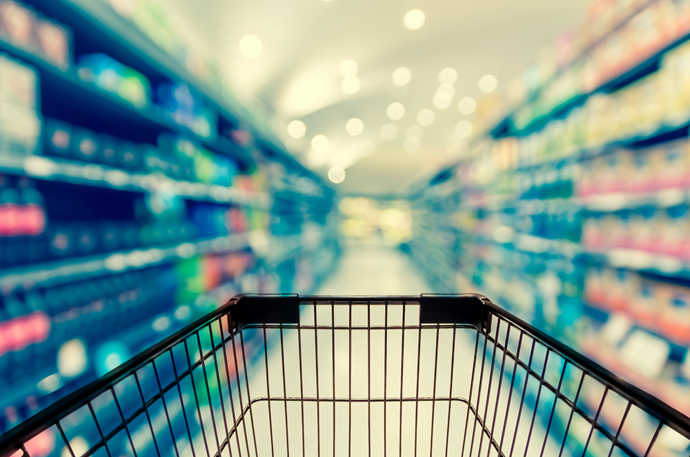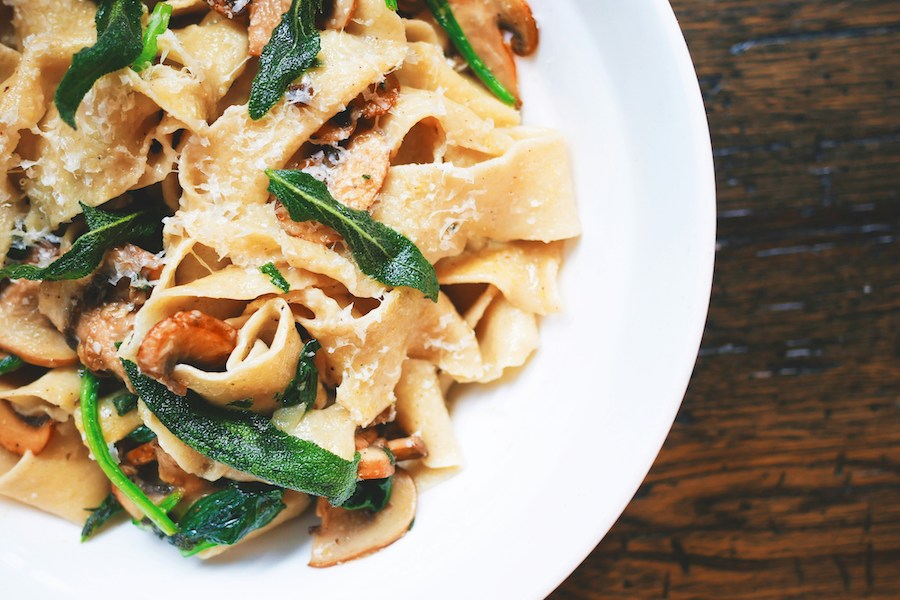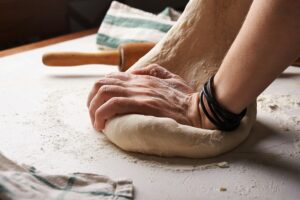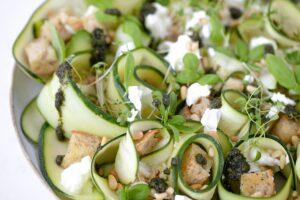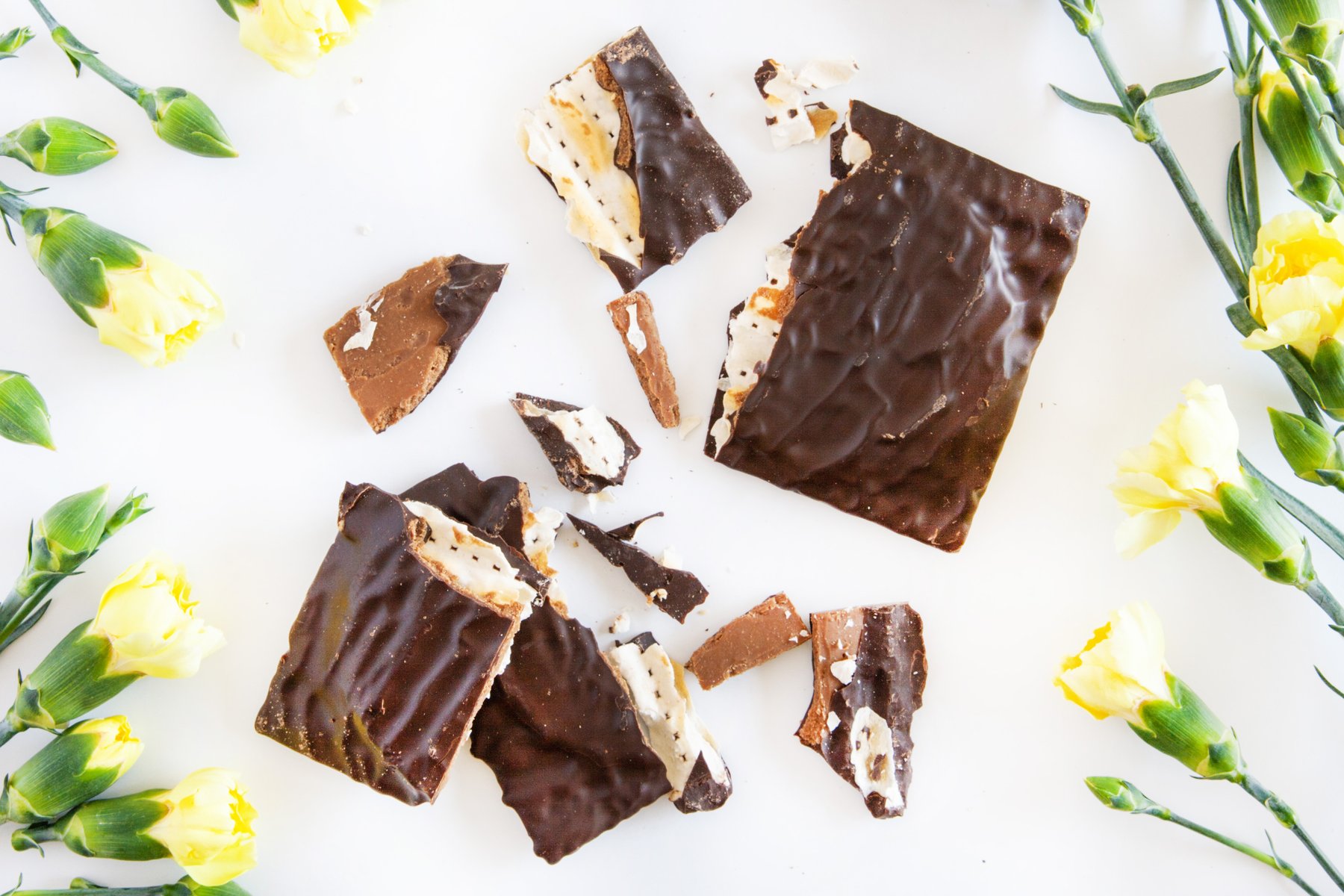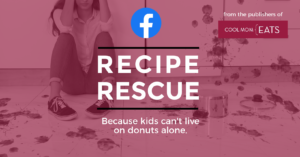This week, Larry Olmsted’s book Real Food, Fake Food hit bookstores; it’s already a bestseller, and people are freaking out about what Larry has to say. And rightly so. Maureen Callahan’s review of the book at the New York Post reports that much of what we’re eating isn’t what we think it is, from expensive “Kobe” steaks to extra virgin olive oil. Not to mention the nasty things it reveals about the seafood industry. Just, gross.
The thing is, most of us don’t have time to delve deep into the research on which food labels are trustworthy and which aren’t. Plus, once you’ve figured it out, requirements seem to change, so it’s reasonable to wonder if organic, all-natural, or antibiotic-free are even meaningful. To help, we’ve put together this quick visual guide to some of the most current trustworthy food safety labels at the supermarket.
CME is an rStyle and Amazon affiliate.
Related: Save money at the grocery store by avoiding these 8 sneaky supermarket tricks.
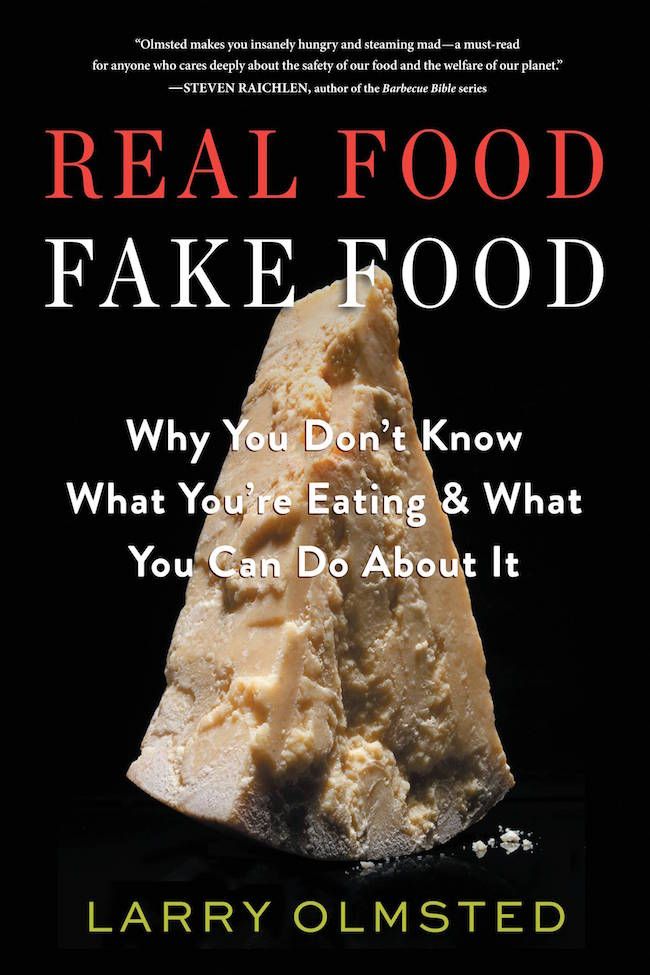
Look for these to put the dinner on the table with the least amount of fear and frustration possible—at least for now. And, if you’re interested in more, pick up a copy of Olmsted’s book. We plan to.

Meat
The problems with our meat industry are rampant, and we’re not sure there’s a solid way to trust that you’re getting good, healthy meat from your grocery based on labels alone. Free-range, natural, antibiotic free, and now even grass fed are not guarantees that meat hasn’t been industrially farmed or that the animals have had sustained access to the outdoors.
So for now, we’re sticking with meat that we can buy from a local farmer or a butcher who can tell us where the meat comes from. You can visit the farm in person to see how their chickens or cows are raised, then buy in bulk if you have storage room in your freezer. It’s often much less expensive than buying at the grocery anyway, especially when you buy in bulk. Or you can visit your farmer’s market on the weekends.
If grocery stores are the only realistic option for you, visit Whole Foods or even Trader Joe’s or Costco, which use similarly stringent regulations on their meat, and talk to the butcher about where the meat was sourced before you buy it. Just because the meat is at Whole Foods doesn’t automatically make it better, so chatting with the butcher is key, especially since you’ll be paying a premium—make sure that it’s worth it.
And speaking of the prices at Whole Foods and other natural grocery stores, if you find meat there that you can trust, consider dropping in just for that and maybe eating meat less frequently to make the more expensive—and more trustworthy—meat fit your budget.
Seafood



Seafood has often been our go-to for a healthier dinner option for the family, so we were pretty horrified by the discoveries in Real Food, Fake Food about the systemic corruption in the seafood industry. Basically, Olmsted says that almost all fish in restaurants and groceries isn’t actually what you’re told it is. He even says that he’ll never buy farmed or imported shrimp: It’s simply too toxic. (Oof.) Since seafood fraud can put young children and pregnant mothers at risk for too-high levels of mercury, we know that this is especially important to parents.
But, there’s some good news.
Before you purchase frozen or fresh fish from your grocer, check to see if it has been approved by the Marine Stewardship Council, has a Best Aquaculture Practices (BAP) certification, or carries the most trustworthy Alaska Seafood: Wild, Natural, Sustainable logo. If your fish has any of these labels on them, you can feel comfortable feeding them to your children.
Olive Oil

You’d think that the bottle labeled pure olive oil would be a good thing, but actually it can mean that the oil is the lowest grade possible. Sometimes it can even be cut with peanut oil without any indication on the label, which could be fatal for someone with a serious allergy.
According to Olmsted, look for the COOC Certified Extra Virgin label, which is the approval from California’s olive oil council. Or, if you’re buying imported oil, choose one the EVA or UNAPROL labels. We also found this helpful list of certified domestic olive oils at the COOC website.
Country of Origin for Imported Foods

Apparently, there’s also the problem of products claiming to be authentic to a region that they aren’t actually from. Remember the wood-pulp Parmesan cheese recall from earlier this year? The problem is that cheese labeled 100% parmesan cheese is actually cheese made “in the style” of Parmiagiano-Reggiano. Authentic Parmesan cheese is only made in the Parma region of Italy.
It’s the same with many other foods and drinks: Champagne, Scotch, and San Marzano tomato sauce. They’re only authentic if they’re from that region, but many brands use the region’s name in their brand name or product description anyway. This isn’t so much a food safety issue as it is a budget issue: There’s no reason to pay the big bucks if you’re buying a knock-off. If you want to be sure before you buy, look for the PDO (Protected Designation of Origin) family of labels on the package.

